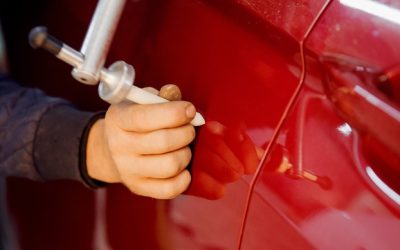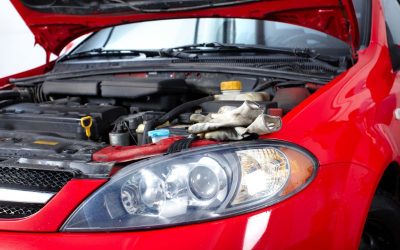Although they aren’t as common as they once were, millions still opt to drive vehicles with manual transmissions. These vehicles typically have fewer shifting issues, but there are still maintenance tasks to consider. Readers can Click here to find a few signs of clutch issues to look out for.
Clutch Slippage
The clutch is designed to transfer energy from the vehicle’s engine to its transmission, and it allows for switching between gears. When the clutch slips, the engine revs, but the car won’t move like it should. Clutch slippage usually indicates a pedal in need of adjustment or a worn-out clutch that needs Manual Transmission Repair in Grand Rapids MI.
Clutches are designed to gradually wear out, and when they do, they can present a serious safety risk. When a clutch wears out, it’s time to bring the car in for service. In most cases, the transmission can be removed, and the clutch replaced. Typically, clutches need to be replaced roughly every 100,000 miles.
Difficulty Getting in Gear
Just as clutch slippage indicates wear, gear-shifting difficulty can also indicate a clutch in need of Manual Transmission Repair in Grand Rapids MI. According to the experts, trouble getting or staying in the right gear can indicate that the transmission has internal or external damage, or it can be a sign of an electrical issue. A transmission repair center can diagnose and treat the issue.
Clutch Sticking
When the clutch pedal goes all the way to the vehicle’s floorboard and fails to come back up, there is a specific issue at hand. Usually, a sticky clutch means that the slave or master cylinder has a leaky external seal and needs replacement, at a cost of up to $300. It’s not as labor-intensive of a job as removing the entire transmission, but it’s still difficult.
Failure to Change Fluid
Just as with automatic transmissions, the fluid in a manual transmission needs periodic replacement to keep internal parts working as they should. Manufacturers have their own recommendations, but most should be changed by Business Name at about the 60,000 mile mark. Fluid changes help to reduce the chance of hydraulic failure, and fluids should be checked regularly.








